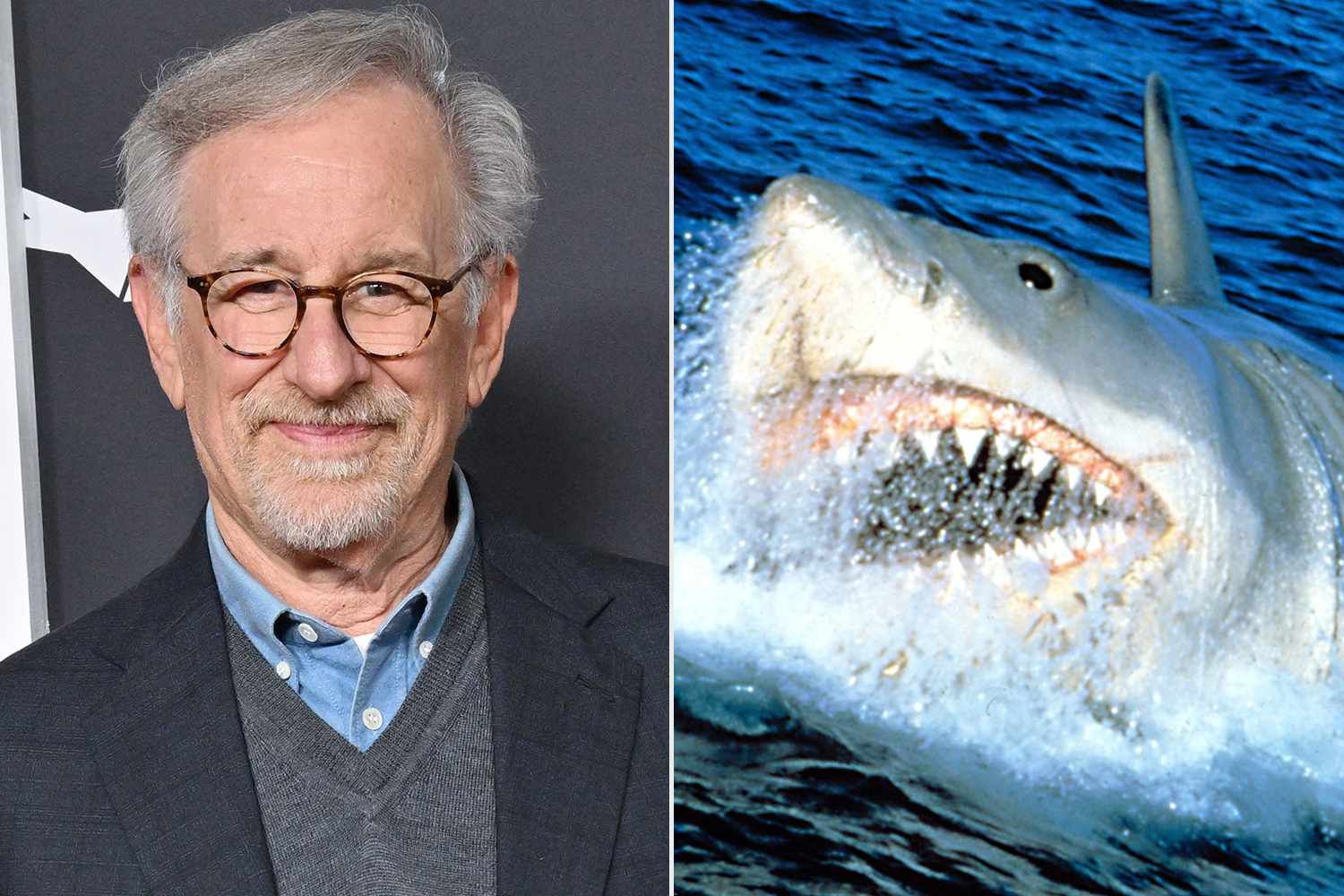Sydney Surfer Dies in Rare and Tragic Shark Attack off Northern Beaches
A tragic shark encounter has claimed the life of a 57-year-old surfer, identified as Mercury Psillakis, off Sydney’s Northern Beaches on Saturday morning. The horrifying incident unfolded near Dee Why Beach, a popular surf spot, leaving the local surfing community in shock and mourning.
According to eyewitness reports, Psillakis was in the water with several other surfers when he was attacked by what is believed to have been a large shark. Despite the beach being protected by shark nets, the predator managed to breach the area. Fellow surfers and lifeguards rushed to his aid and managed to pull him ashore, but he had already sustained catastrophic injuries, reportedly losing both legs. Paramedics on scene performed emergency treatment, but Psillakis succumbed to his injuries shortly after being brought to shore.
Emergency services immediately closed the beach, and a red flag warning was raised, ordering all swimmers and surfers out of the water. Helicopters and drones were deployed to search for the shark responsible for the attack. Authorities have yet to identify the exact species involved, but experts believe it could have been a great white shark or a tiger shark, both commonly found in Australian waters.
This tragedy marks one of the very few fatal shark incidents in Sydney’s modern history. The last recorded fatality before this occurred in 2022, when British expat Simon Nellist was killed off Little Bay — the city’s first deadly shark attack in almost 60 years. Prior to that, Sydney had not seen such a fatal encounter since 1968, highlighting just how rare and unusual these events are.
Marine biologists emphasize that shark attacks on humans are almost always a case of mistaken identity. From below the surface, a surfer paddling on a board can look like a seal or turtle — both of which are natural prey for large sharks. “Sharks do not actively hunt humans,” said one expert from the Australian Marine Institute. “They are predators acting on instinct. Most attacks occur because they confuse a person for their regular food source.”
Despite widespread fear, the chances of encountering a shark remain extremely low. Millions of people swim and surf along Australia’s vast coastline every year without incident. Authorities, however, urge ocean users to take sensible precautions to reduce risk further.
Experts recommend avoiding the water at dawn, dusk, or nighttime, when sharks are most active and visibility is poor. Swimmers are also advised to steer clear of schools of fish or seal colonies, which can attract large predators, and to avoid shiny jewelry or brightly contrasting swimwear, as these can mimic the glint of fish scales under sunlight. Surfing or swimming in groups also significantly lowers the chance of being approached by a shark.
Local lifeguards and rescue teams have increased surveillance of Sydney’s beaches, and temporary closures are expected to remain in place until authorities deem the area safe. Drone patrols and aerial monitoring have become standard measures in recent years, helping identify and deter sharks before they approach popular swimming zones.
Tributes have since poured in for Mercury Psillakis, described by friends as a dedicated surfer, a loving father, and a man deeply connected to the sea. He was a familiar face along the Northern Beaches, known for his friendly nature and passion for the waves. Many in the local surfing community gathered near Dee Why later that afternoon to pay their respects, laying flowers and surfboards on the sand in his memory.
One of Psillakis’s close friends told reporters, “Merc was the kind of guy who lived for the ocean. He knew the risks, like all of us do, but he loved the freedom surfing gave him. That’s where he was happiest.”
In the aftermath of the tragedy, discussions have reignited about the balance between marine safety and shark conservation. Some argue for increased shark control measures, while others advocate for coexistence and education, emphasizing that humans are entering the shark’s natural habitat.
As one local ocean safety officer put it, “The ocean is their home, and it’s also our playground. We share it with creatures that have been here long before us. Most of the time, we don’t even realize a shark is nearby. But when tragedy strikes, it reminds us of the respect and caution this environment demands.”
For now, Sydney’s beaches remain quieter than usual. The waves still break, but few dare to enter the water. Yet, as history has shown, the surfers and swimmers will return — drawn by the same love for the ocean that defined Psillakis’s life.
The incident serves as a somber reminder of the beauty, thrill, and inherent danger of the sea — a place that offers both serenity and risk in equal measure. For those who live by it and love it, that risk is one they continue to accept, even in the face of tragedy.
Condolences go out to the family and friends of Mercury Psillakis, whose memory will live on among Sydney’s surfing community and beyond.




